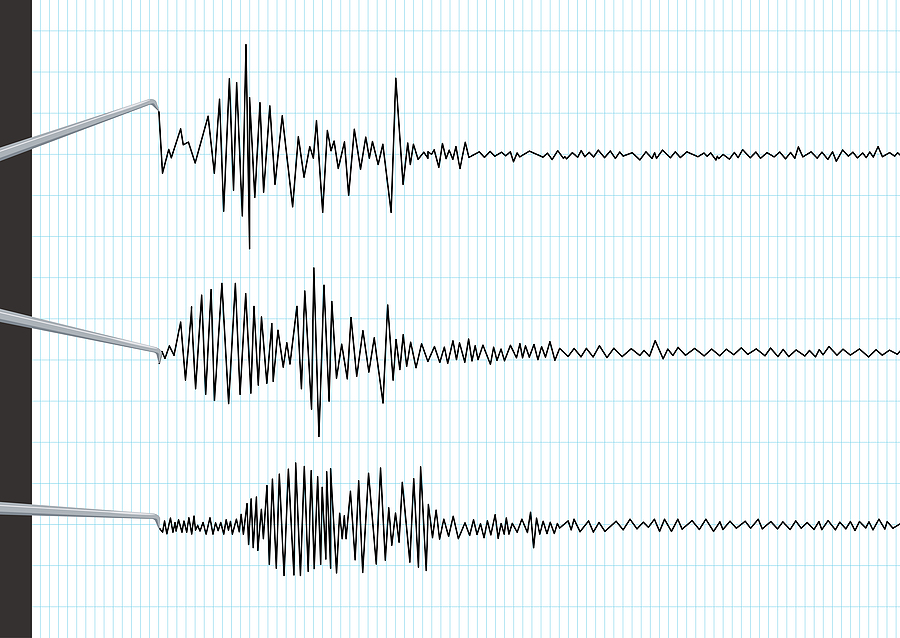Understanding The Basics Of Seismology & How It is Studied

Earthquakes happen when two tectonic plates in the Earth’s crust collide, violently shaking the impacted area. The plane in which they slide is called the fault. Scientists who specialise in studying earthquakes and finding ways to predict and prevent them are called seismologists, and the science behind studying earthquakes is called seismology.
Earthquakes are damaging waves of seismic energy travelling through the Earth in varying levels of vibrations, some more damaging than others. Seismologists used seismometers to analyse these seismic waves. When earthquakes are detected, these seismometers record them as jagged patterns similar to a heartbeat monitor.
Basics of seismic
Earthquakes can be recorded in three separate waves: P-waves or primary waves, which are the first waves to be recorded; S-waves or secondary waves, which come after, as well as Surface waves, which are waves travelling through the Earth’s surface.
P-waves are compressional waves, moving by pulling or pushing particles in the propagation’s direction. S-waves are shear waves, displacing matter’s particles perpendicular to their moving direction. P-waves move twice as fast as S-waves and travel faster through solid matter; hence, why they are often detected first by seismometers before S-waves.
Surface waves are only found at the Earth’s outer surfaces and layers, moving at a slower velocity as compared to S-waves. Because of their slower speed, they often result in the Earth trembling or rolling sideways and are often the cause of earthquakes’ destructive nature.
How do seismometers work?
Seismometers, often interchangeably called seismographs, help seismologists collect Earth’s vibrational data. In the past, the data are recorded on paper. However, digital recordings are now favoured for their higher accuracy and clear description.
For analogue seismometers, their foundations are embedded in the Earth’s surface, with a mass hanging freely. When an earthquake happens, the foundation vibrates, with the hanging mass remaining unaffected. This result in a seismic wave pattern to be recorded on the physical paper.
How do they locate where the focal point?
The time difference between P-waves and S-waves helps to determine the distance from the focal point, while the surface waves determine the direction in which the earthquake is travelling at. The larger the time difference between each set of waves, the further the focal point is. Hence, especially in earthquake-prone areas, seismologists rely on a network of seismometers to determine the focal point accurately.
Conclusion
Over 3,854 earthquakes have, so far, occurred in the past three months, with the most severe happening across Turkey and Syria, taking over 57,650 lives, making it the deadliest natural disaster in modern history. The importance of the physics of seismology and its impact on societies around the world is significant.
While seismologists still are not able to estimate the possibility of severe earthquakes consistently, with the current data and understanding, it is possible to take precautionary measures to lower the earthquake’s effect. Preventing significant damage involves working with fellow professionals to design buildings and structures that can withstand some vibrational shaking. In fact, with a physics degree, you can specialise in geology and use that area of expertise to help further the studies of earthquakes.
Sounds interesting? The field of physics is vast and limitless. At Physics Tuition, we aim to help you discover your passion for physics with practical and interesting lesson plans. Find out more about how we can help you at http://www.physics.com.sg/ today!